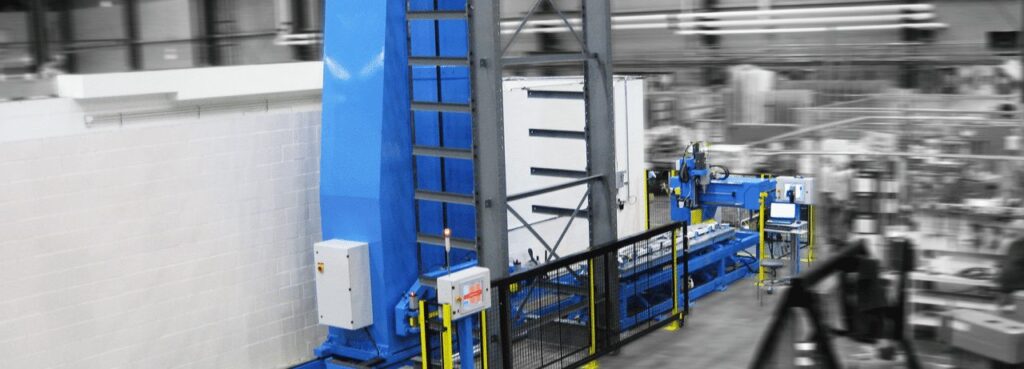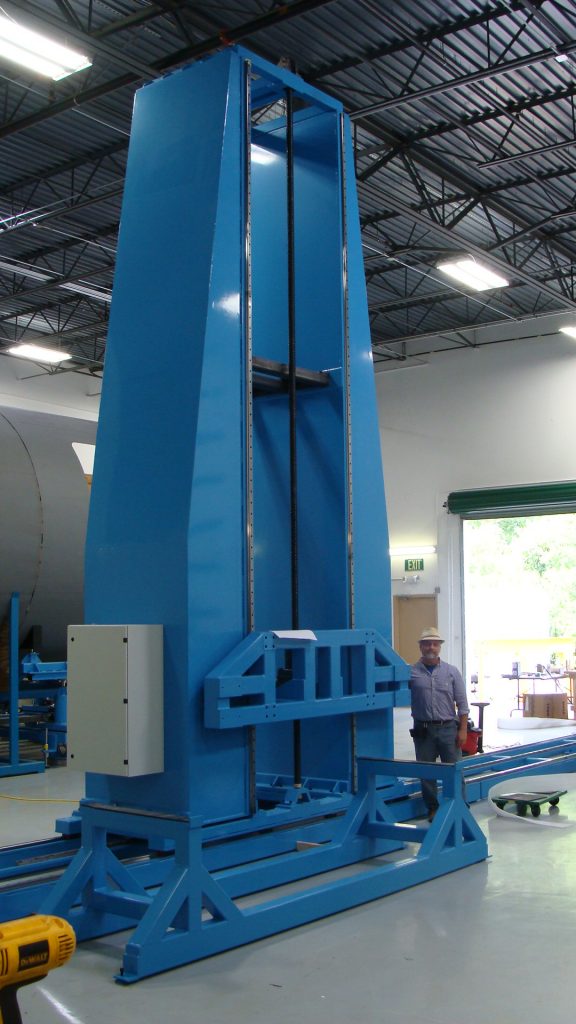Automated Excellence: The Stacker/Drill System's Journey to Perfection

Introduction
Achieving excellence is a must in the fast-paced world of aerospace manufacturing. As a lighthouse of automated excellence, the Stacker/Drill System changes the conventional terrain and opens the door to a path toward perfection. This article explores the subtleties of this ground-breaking system, charting its development and significance for the pursuit of unmatched precision in the aerospace manufacturing industry.
Automation's Development in Aerospace
The pursuit of automated excellence in the aerospace manufacturing sector has involved a gradual and progressive progression. Conventional techniques, which depended on manual processes, were labor-intensive and prone to mistakes. The introduction of automated systems signaled a paradigm change and set the stage for greater accuracy and efficiency. The Stacker/Drill System is a major advancement along this evolutionary path.
Important Elements of the Drill/Stacker System
Gaining an understanding of the Stacker/Drill System's complexities is crucial to appreciating its path toward excellence. Fundamentally, the system consists of an auto-drill that performs drilling operations and a stacker that retrieves jigs. These elements work together seamlessly to produce a synchronized workflow that minimizes human intervention and maximizes efficiency.
The Driving Force: Productivity Enhancement
Slightly increasing productivity is one of the main goals of the Stacker/Drill System. The system removes bottlenecks related to manual processes by automating the fetching of jigs and drilling operations. Companies that have implemented this technology report notable increases in productivity, highlighting its role as a stimulant for the aerospace manufacturing sector.
Redefining Precision through Advanced Machine Vision
Precision is the key to perfection in aerospace manufacturing, and the Stacker/Drill System changes the game. Through the use of cutting-edge machine vision technology, the system guarantees precise X-Y offsets for drilling. Removing the need for manual interventions during this critical stage improves precision and advances the pursuit of perfection.
Designing with Humans in Mind for Smooth Integration
Although automation is in the spotlight, people are still essential. Operator participation in the manufacturing process is ensured by the human-centric design of the Stacker/Drill System's user interface. The system's path to perfection is aided by this harmonious balance created by the interaction of automated systems and human expertise.
Decision-Making in Real-Time and Flexible Workflows
The capacity for quick decision-making and demand adaptation is critical in the quest for excellence. The real-time queue management feature of the Stacker/Drill System allows operators to quickly rearrange tasks' priorities. This adaptability guarantees that the system fits in with the ever-changing aerospace manufacturing landscape, which is an essential part of its path to excellence.
A Sneak Peek at What Automated Excellence May Hold in the Future
The Stacker/Drill System provides a window into the future of aerospace manufacturing as it continues to be refined. Setting new standards is the combination of automation, precision engineering, and human-machine cooperation. The system not only optimizes existing procedures but also sets the stage for aerospace manufacturing to reach previously unheard-of levels of excellence in the future.
Conclusion
In the ongoing quest for aerospace manufacturing perfection, the Stacker/Drill System is a living example of what can be achieved through automated excellence. Its path, characterized by heightened output, accuracy, and flexible processes, illustrates the ongoing development in the pursuit of excellence. With the adoption of this system, the aerospace sector enters a new era where automation and human skill combine to redefine what is possible.

FAQ
Q1: How does the Stacker/Drill System handle unexpected interruptions in the manufacturing process?
Because of its adaptive workflows and real-time decision-making, the system can handle disruptions with ease and has a low overall productivity impact.
Q2: Can the system be retrofitted into existing aerospace manufacturing setups?
Yes, the Stacker/Drill System can be upgraded without requiring a total redesign because it is made to fit seamlessly into existing configurations.
Q3: What role does machine vision play in ensuring precision in drilling operations?
In crucial manufacturing stages, machine vision generates precise X-Y offsets for drilling, improving the system's overall precision.
Q4: Is extensive training required for operators to use the Stacker/Drill System?
Because of its easy-to-use interface, operators can operate it with less difficulty and require less intensive training.
Q5: How does the system contribute to the future of aerospace manufacturing?
The system creates new standards for automated excellence and paves the way for aerospace manufacturing to reach previously unheard-of levels of precision and productivity in the future.




.jpg)
Comments